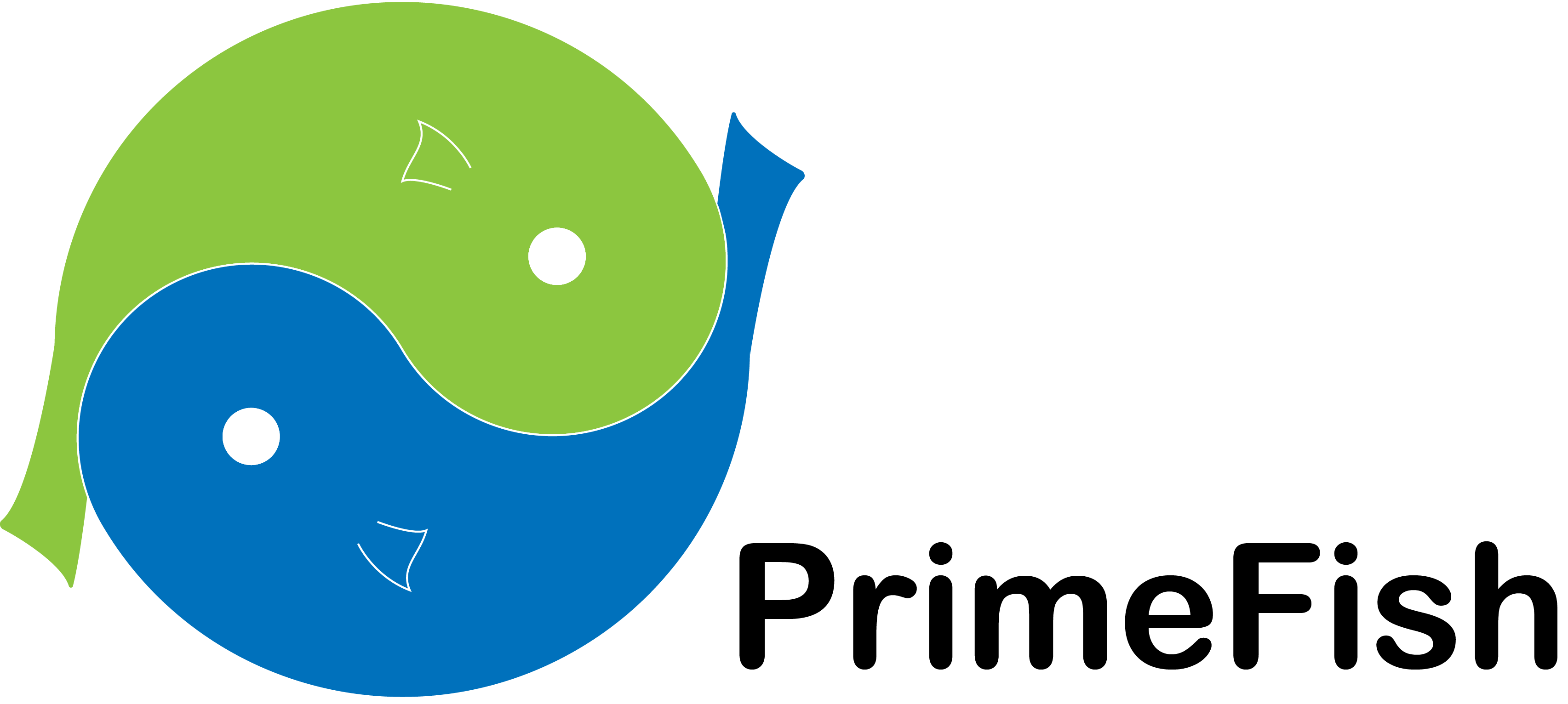Warning message
The subscription service is currently unavailable. Please try again later.This deliverable consists of an academic paper submitted to the journal Applied Economics in September 2018.
The paper introduces a theoretically consistent way of estimating a flexible infrequency of purchases model, which accounts for the actual purchase frequency of consumers –not just whether or not a consumer buys a product. Previous studies have estimated themodel in log-linearized form only. The model has two stages. In the first stage, a model of purchase frequencies is estimatedand in the second stage, the propabilities calculated from the first stage are used to calculate an adjusted demand system. The model was applied to consumption of salmon in France, using scanner data from 20,000 households for the years 2011-2013. In the study, French consumers are assumed to chose between three seafish categories; fresh salmon sold under the Label Rouge quality label, other fresh salmon and all other fish products. Results clearly show that consumer perception and loyalty differ substantially for fresh salmon bearing the Label Rouge label and fresh salmon that is not labelled. Theframework applied also confirms that the consumers of Label Rouge salmon are more loyal than the consumers of other fresh salmon. This is consistent with results from the marketing literature and shows that Label Rouge can produce the desired effect of product differentiation. Theresults also provide the profile of the average Label Rouge consumer, providing retailers with enough information to target these consumers directly.
The results from this study are consistent with results from deliverable D5.4 which show the seafood consumers canbe grouped into several categories.
Deliverable D4.8. Manuscript to a peer-reviwed journal on frequencies and consumer purchases
